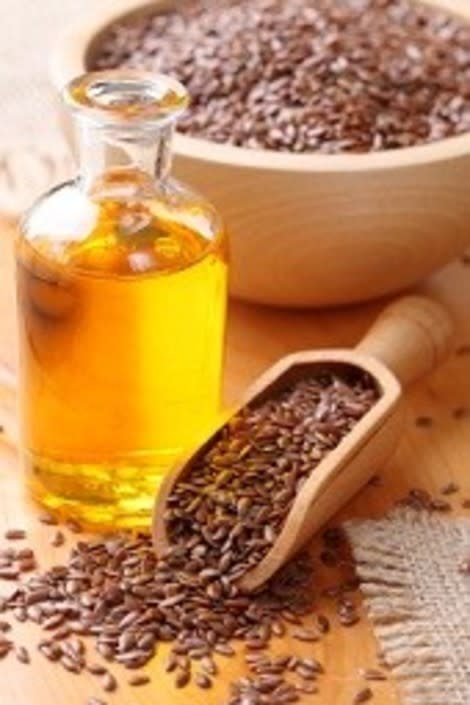Are You Eating Flaxseed? Should You?
By Tara Weng, GalTime.com
Flaxseed has been making a name for itself these days in a lot of popular magazines and on websites. It has been touted as one of the most powerful plant foods around.
I always take notice when the healthfood section at my local grocery store (which is not ample) starts carrying a particular item en masse. Flaxseed seems to be popping up everywhere in those aisles--in chips, crackers, cereal and dare I say...brownie mix?
Many publications report that the tiny seed may in fact reduce the risk of catastrophic illnesses like heart disease and certain cancers. With all these claims can it possibly live up to the hype?
According to Registered Dietitician Christy Wilson it's probably worth adding to your diet but you have to know how to use to it.
"It is a healthy addition to most people's diet, it isn't a cure-all; in fact, it may have no health benefit if you're not eating it the right way," Wilson says. "Evidence-based analysis has proven flaxseed's functional properties in the line of promoting cardiovascular health and reducing the risk of certain cancers by blocking or slowing tumor growth," she continues.
Related: 5 Foods That Can Flatten Your Belly

Wilson clarifies that the health benefit(s) from flaxseed are tied to three properties: Omega-3 fatty acids, fiber and lignans.
Omega-3's, in particular, have been widely shown to reduce inflammation in the body and may reduce the risk of heart disease.
Flaxseeds are one of the few plant-based resources of Omega-3's--which is one reason why it's become a source of clinical investigation.
But how you get flaxseeds in your diet is important, says Wilson.
"Flaxseed is available for purchase in three forms: whole seed, ground seed and oil."
"Unfortunately, some products (like crackers or bars) will use the seed intact, which means you'll digest it intact and not reap the full benefits from the seed itself," Wilson explains.
Related: It is Possible to Eat Healthier for Less
She suggests using pre-ground flaxseed or grinding it yourself in a coffee grinder or with a mortar and pestle. The ground flaxseed can be added to foods like oatmeal, yogurt , cereal or salads. Wilson cautions that pre-ground flaxseed must be kept refrigerated for freshness.
Another way to use flaxseed is in oil form. Many people use the oil in protein shakes, smoothies or fresh juices. According to Wilson, the oil is best used at cold or room temperature and she points out that the oil does not contain fiber, whereas the seed does.
I'm always willing to try something out, particularly if it's healthy and can be snuck easily into something I already eat.
With that in mind, we have a nice, chilled bottle of flaxseed oil in our refrigerator and it will be used in my next batch of smoothies.
Amateur healthy eater spoiler: This is how I got my kids to drink soy milk too--along with a banana and peanut butter, they've never been the wiser.
More from GalTime.com:

